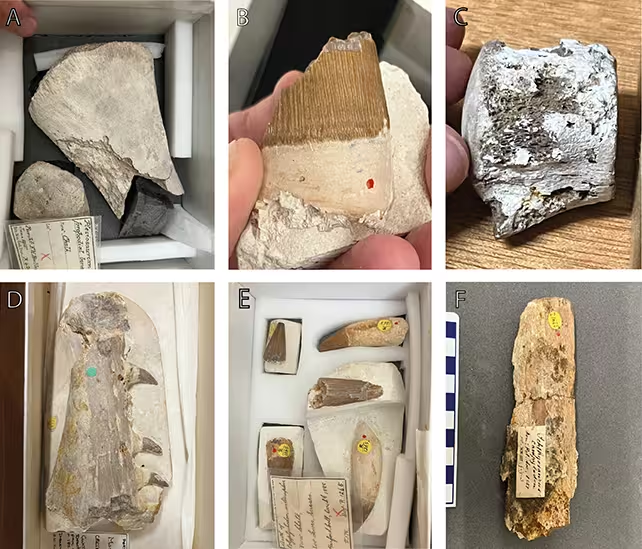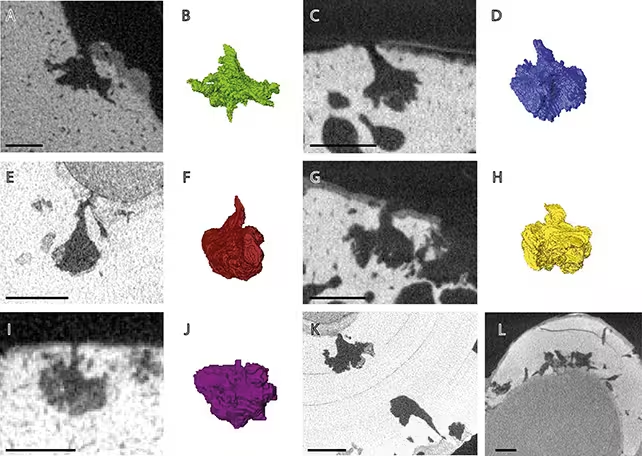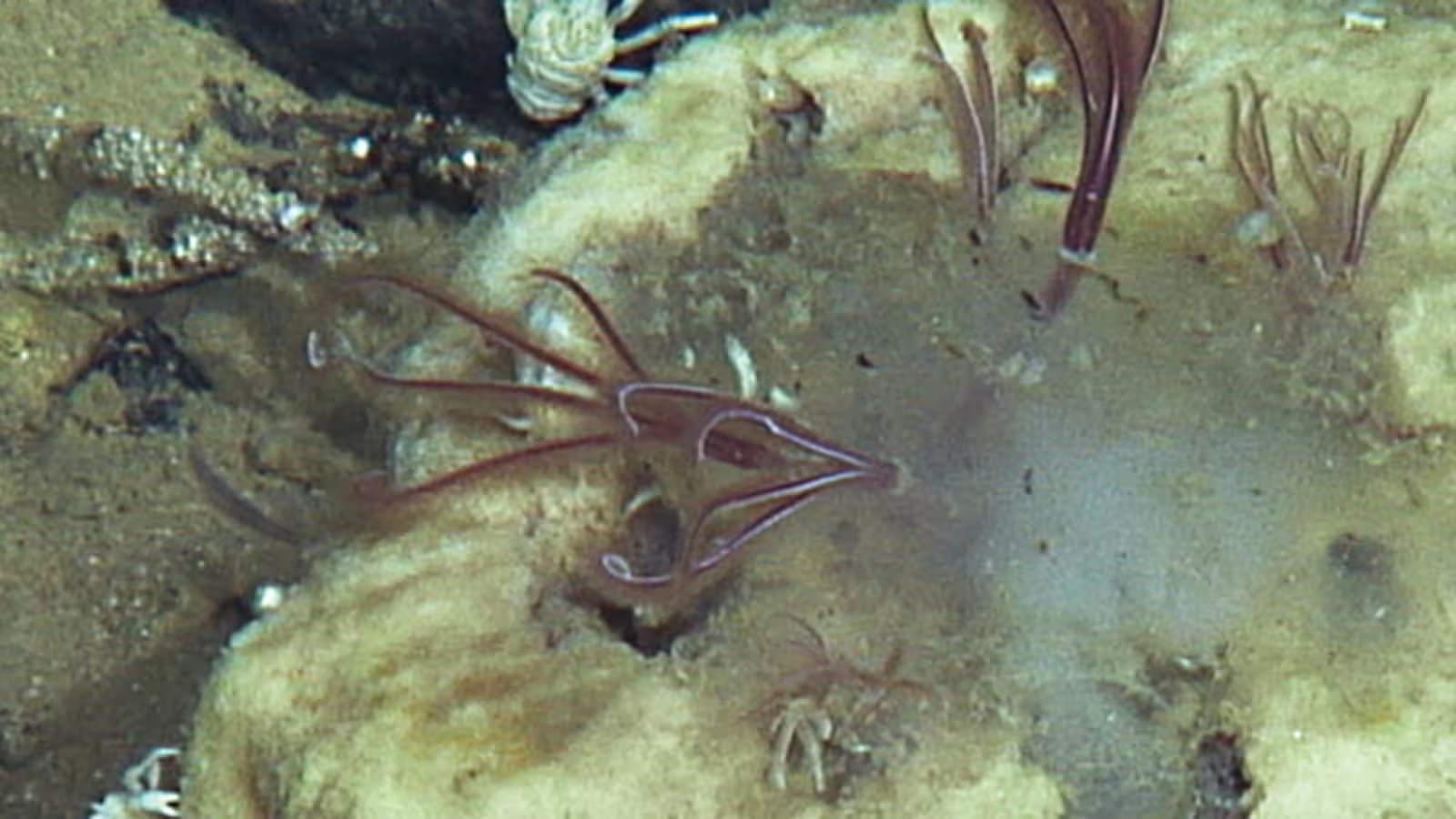4 Minutes
Ancient Bone-Eating Worms: Evolutionary Survivors of the Ocean Depths
For over 100 million years, peculiar bone-eating worms, primarily belonging to the genus Osedax, have played a vital but hidden role in marine ecosystems. Unlike most scavengers, these specialized worms subsist by consuming fats and proteins from the bones of deceased sea creatures deep on the ocean floor. Recent research is shedding light on their remarkable evolutionary journey, tracing their lineage back to the late Cretaceous Period—long before whales appeared as potential hosts.
Uncovering the Worms' Ancient Origins
A collaborative study led by scientists from University College London (UCL) and the Natural History Museum (UK) used cutting-edge computed tomography (CT) scanning to investigate over 130 fossil specimens. Instead of merely searching for worm fossils themselves, the researchers looked for distinctive patterns of bone damage: microscopic burrows and boreholes that match the feeding activity of modern bone-eating worms. Among these fossils, six revealed unmistakable signs of such burrows, leading to an unexpected discovery.
Rather than whale bones—the modern diet of today’s Osedax—the team found evidence of bone-eating worm activity in the remains of marine reptiles such as mosasaurs, ichthyosaurs, and plesiosaurs. These creatures dominated the Mesozoic oceans, filling ecological niches that would later be taken over by whales and other large marine mammals.
Paleontologist Sarah Jamison-Todd of UCL comments, "We haven't found anything else that produces burrow marks like these. Since these ancient traces are so close in form to those created by living Osedax, and with no conflicting evidence from body fossils, it's reasonable to attribute them to related organisms." This conclusion suggests that bone-eating worms represent a highly stable evolutionary lineage, persisting with little fundamental change for millions of years.

New Fossil Records and Evolutionary Implications
The CT scanning process enabled the team to analyze fossils in exceptional detail without causing any damage. Through these analyses, the researchers identified seven new 'ichnospecies'—taxa defined by their trace marks rather than physical remains. Intriguingly, certain borehole designs closely resembled those of contemporary species. This evolutionary continuity points to a surprising resilience in the bone-eating worm’s ecological strategy.
To firmly date these traces, the team examined microscopic fossils embedded within chalk layers surrounding the bones—tiny remnants of ancient organisms helped pinpoint the age with remarkable accuracy. According to Marc Jones, paleontologist from the Natural History Museum, "Using these microfossils, we dated the worms’ activity to specific intervals in the Cretaceous, pushing their origins much further back than previously realized."
Broader Impact and Future Directions in Marine Paleobiology
The findings suggest that bone-eating worms have played a profound part in recycling nutrients on the ocean floor for vast spans of Earth’s history. Their ability to exploit large marine vertebrate carcasses aided in shaping deep-sea ecosystems and driving carbon cycling processes even millions of years before today’s baleen whales evolved.
Yet, the story does not end here. Many bone-boring traces remain unnamed or unclassified, from both ancient and current oceans. Further discoveries could emerge by employing non-destructive scanning technologies on museum specimens and by investigating the genetic diversity of living bone-eating worms. Such studies might resolve lingering questions: Are the same species responsible for these traces throughout time, or do we see convergent evolution—distinct species evolving similar behaviors in response to comparable ecological opportunities?
"In fact, some borings from the Cretaceous period are nearly identical to those being formed today," says Jamison-Todd, highlighting the remarkable stability of this niche adaptation. Ongoing research may help illuminate how these enigmatic invertebrates have shaped and responded to changes in marine fauna over tens of millions of years.

Conclusion
The discovery of 100-million-year-old bone-eating worm traces dramatically expands our understanding of deep-sea ecosystem evolution. These ancient recyclers demonstrate extraordinary evolutionary persistence, bridging the prehistoric world of marine reptiles to the present age of whales. Through advanced scanning and paleogenetic studies, researchers are now poised to further unravel the mystery of these unseen, yet essential, ocean dwellers—enriching both our knowledge of Earth’s past and our strategies for conserving its complex present-day marine biodiversity.
Source: journals.plos



Comments